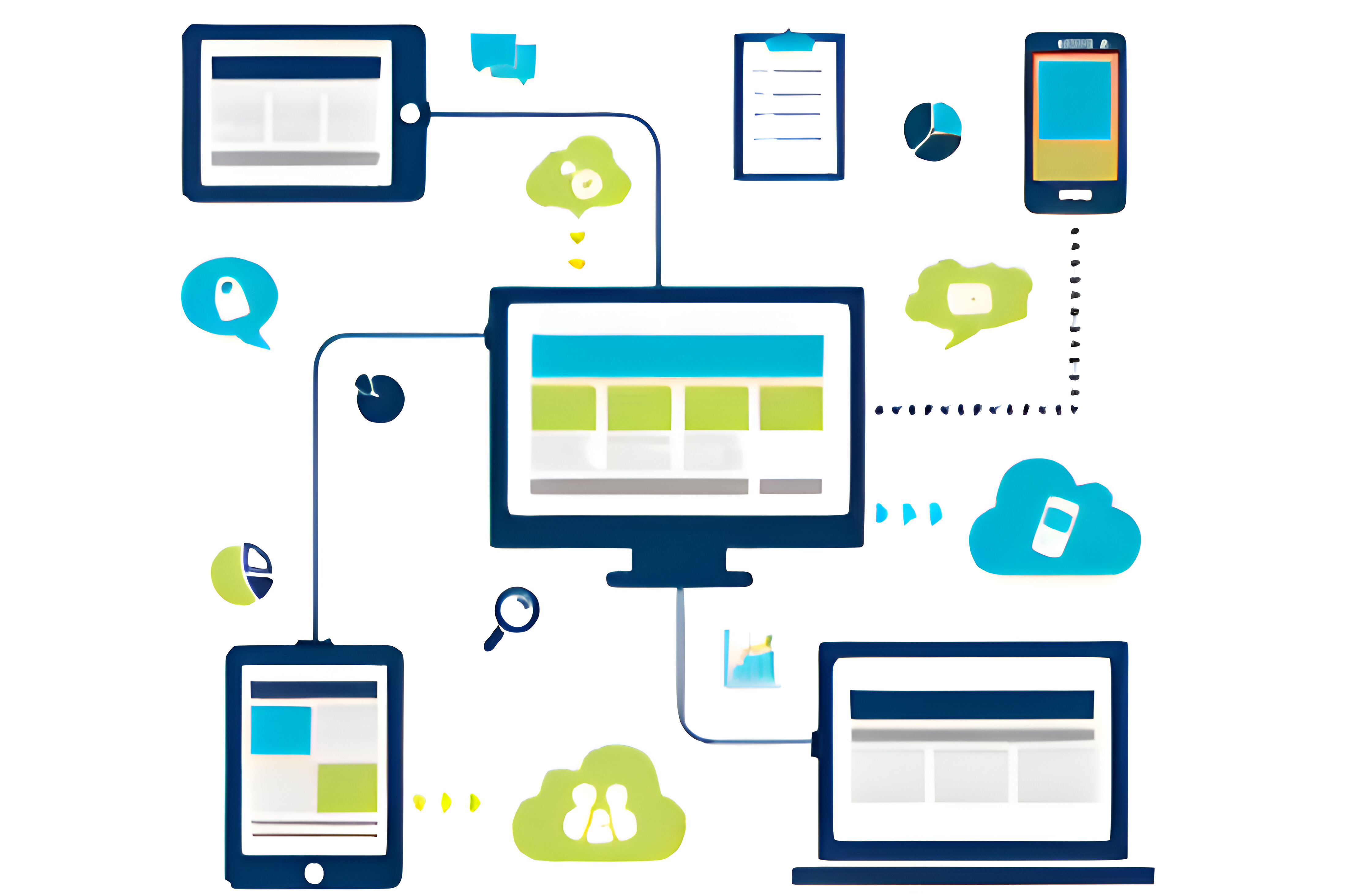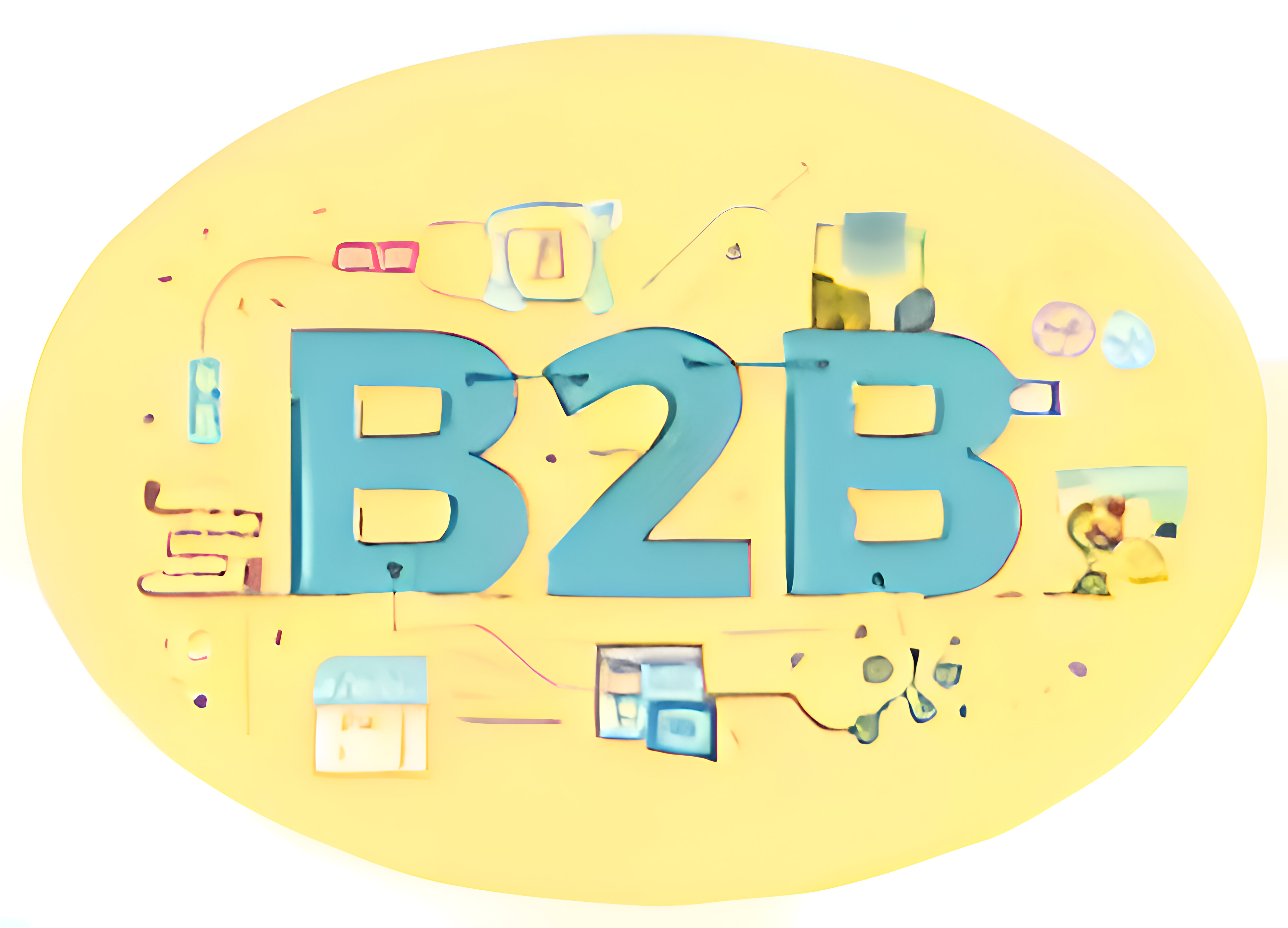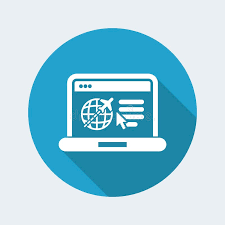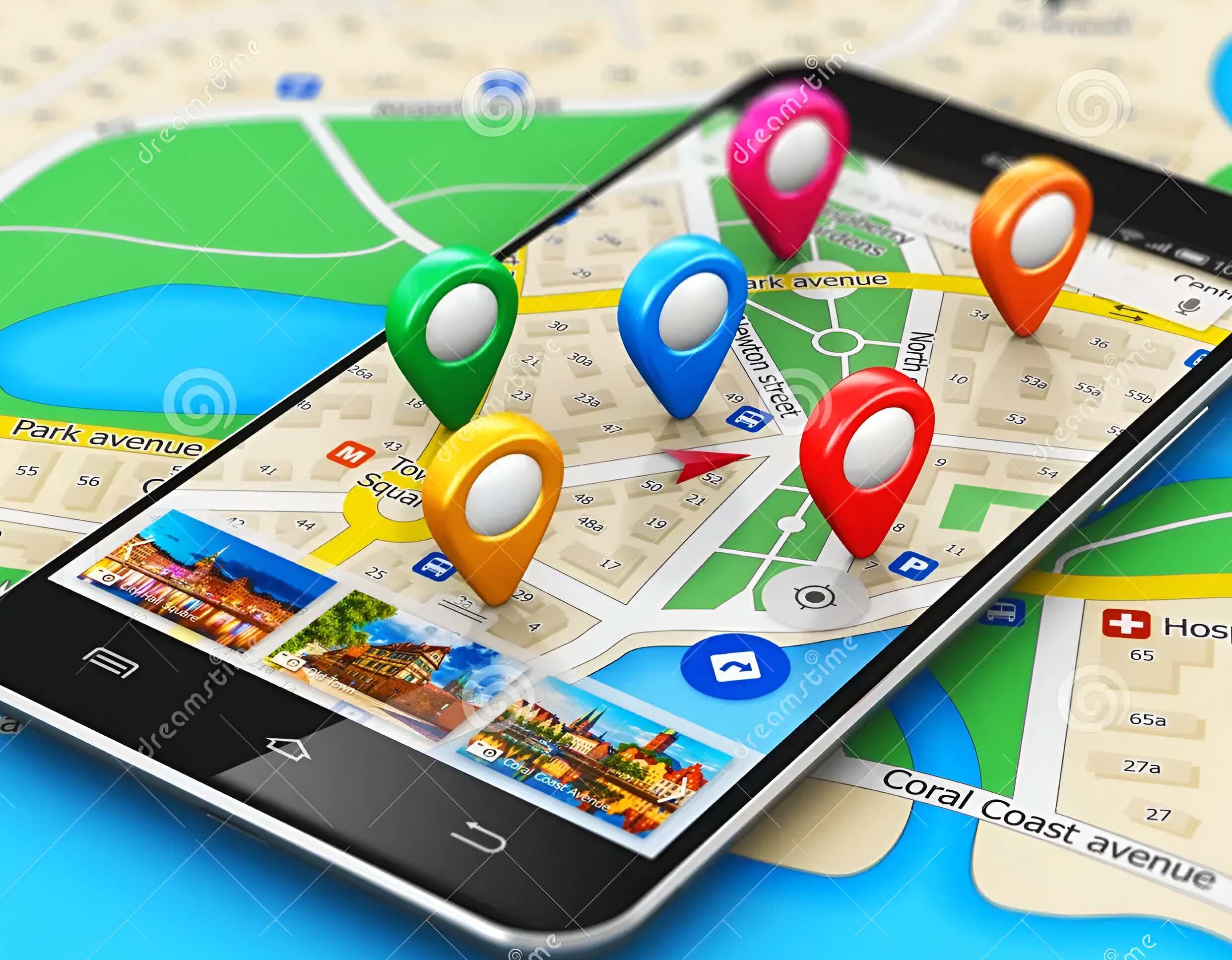
Scaling Digital Services: NDCI's Growth Framework
It seems like you’re referencing "Scaling Digital Services: NDCI's Growth Framework," possibly related to the National Digital Capability Index (NDCI) or a similar concept. Since there’s no widely established framework explicitly called "NDCI's Growth Framework" in my knowledge base or the provided search results, I’ll assume you’re asking for an explanation of how digital services can be scaled using a growth framework, potentially tied to a national digital capability context. If you meant something more specific, feel free to clarify!
Here’s a general response based on the idea of scaling digital services within a structured framework, drawing from principles of digital transformation and capability development:
Scaling digital services effectively requires a strategic framework that enhances infrastructure, skills, and adoption while addressing challenges like accessibility and innovation. A hypothetical "NDCI Growth Framework" could be envisioned as a model to measure and expand a nation’s digital capabilities, focusing on key pillars such as connectivity, digital literacy, technology adoption, and economic impact. Let’s break this down:
- Foundation: Digital Infrastructure
Scaling digital services starts with robust infrastructure—high-speed internet, 5G networks, and accessible hardware. For example, a framework might prioritize nationwide broadband coverage to ensure rural and urban areas alike can access services. This aligns with initiatives like India’s Digital India program, which emphasizes connectivity as a bedrock for growth. - Capability Building: Skills and Literacy
A growth framework would emphasize upskilling the population and workforce. Digital literacy programs, training in emerging technologies (e.g., AI, blockchain), and fostering an innovation ecosystem are critical. This ensures individuals and businesses can leverage digital tools effectively, driving service adoption and economic value. - Service Expansion: Technology Adoption
To scale services, the framework might encourage businesses and governments to integrate digital solutions—think e-commerce platforms, digital payments, or e-governance tools. This requires incentives for adoption, such as subsidies or public-private partnerships, and a focus on user-centric design to meet diverse needs. - Measurement and Optimization: The NDCI Component
If NDCI stands for National Digital Capability Index, it could serve as a benchmarking tool within the framework. It might assess metrics like internet penetration, digital transaction volumes, or innovation outputs (e.g., patents, startups). Regular evaluation allows for adjustments, ensuring growth aligns with national goals like inclusion and economic development. - Sustainability and Scale: Long-Term Vision
Scaling isn’t just about expansion—it’s about resilience. The framework could incorporate strategies for cybersecurity, data privacy, and sustainable tech investments to maintain momentum. It might also address inequalities, ensuring marginalized groups aren’t left behind as services grow.
In practice, this could look like a country using the framework to transition from basic digital access (e.g., mobile internet) to advanced services (e.g., AI-driven healthcare or smart cities). Challenges like funding, regulatory hurdles, or resistance to change would need to be tackled through stakeholder collaboration and agile policies.
Related Articles

Unlocking Business Growth with Digital Marketing in 2025

AI Adoption in Public Sector: NDCI Case Studies

Cybersecurity Framework for Government Digital Services
Stay Updated
Subscribe to our newsletter for the latest insights

 Web Designing
Web Designing
 Static Web Designing
Static Web Designing
 Dynamic Website Designing
Dynamic Website Designing
 E-Commerce Website Designing
E-Commerce Website Designing
 B2B Portal Development
B2B Portal Development
 B2C Portal Development
B2C Portal Development
 Sales CRM Development
Sales CRM Development
 Online Exam Portal Development
Online Exam Portal Development
 Travel Portal Development
Travel Portal Development
 Real Estate Portal Development
Real Estate Portal Development
 Portal Development
Portal Development
 SEO Company
SEO Company
 Ecommerce SEO
Ecommerce SEO
 Local SEO Services
Local SEO Services
 On Page Optimization
On Page Optimization
 Off Page Optimization
Off Page Optimization
 Google Promotion Services
Google Promotion Services
 Location Wise Services
Location Wise Services
 Google Map Promotion
Google Map Promotion
 Country Business Profile
Country Business Profile
 Ecommerce Marketing
Ecommerce Marketing
 Content Writing Services
Content Writing Services
 Google Adwords
Google Adwords
 Email Marketing
Email Marketing
 Lead Generation
Lead Generation
 PPC Services
PPC Services
 Website Advertisement
Website Advertisement
 iOS App Development
iOS App Development
 Taxi Cab Booking Development
Taxi Cab Booking Development
 Hotel Booking Development
Hotel Booking Development
 Restaurant Mobile App
Restaurant Mobile App
 School Mobile App
School Mobile App
 Logo Designing
Logo Designing
 Brochure Designing
Brochure Designing
 Business Card Designing
Business Card Designing
 Flyer & Poster Designing
Flyer & Poster Designing
 Graphic Designing for Social Media
Graphic Designing for Social Media